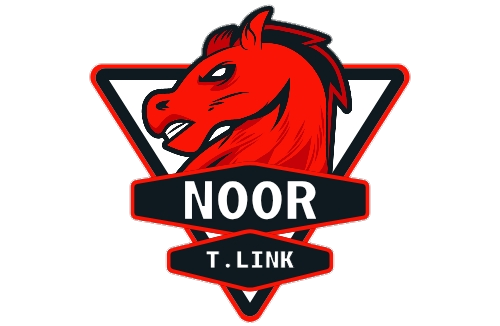Stable, a blockchain project supported by Bitfinex, has announced the development of a new Layer-1 protocol where Tether’s USDT will serve as the native currency for transaction fees. With a particular focus on enhancing usability in emerging markets, the initiative aims to eliminate peer-to-peer transaction fees entirely, thereby incentivizing users to adopt on-chain financial tools without the common cost barriers.
The project, which exited stealth mode recently, is being created by a team of programmers and protocol engineers. According to its developers, this marks the first instance of a Layer-1 blockchain that directly integrates USDT as the fee token, aiming to streamline transactions and remove complexity for end users. The design is positioned as a counterpoint to many existing blockchain systems, which often rely on volatile native tokens and expose users to variable fee structures.
The Stable team has pointed out that despite the scale of stablecoin usage—highlighting that USDT facilitates over $100 billion in daily settlements—the infrastructure supporting these tokens remains inconsistent, fragmented, and expensive. They noted that existing ecosystems fail to support stablecoins in ways that can drive mass adoption, and their platform is intended to address those shortcomings.
Key features of the upcoming blockchain include gasless wallet designs and the ability to onboard users through fiat currency directly. These elements are intended to simplify the user journey and enable broader access to decentralized finance tools. Smart contracts will also be dollar-denominated, which could appeal to institutional participants seeking stability in pricing and operations.
The developers behind Stable believe that institutions will benefit from a digital dollar environment where blockchain elements are largely invisible to the end user. Their roadmap suggests a gradual phasing out of complex blockchain user interfaces, aiming for a seamless user experience in which individuals do not need to be aware that their transactions are occurring on decentralized infrastructure.
As part of its strategic communication, the Stable team emphasized that its ultimate goal is to develop a platform where the mechanics of blockchain are abstracted away, allowing for everyday financial interactions to feel intuitive and familiar. While some blockchain features remain evident at launch, future development phases are expected to further conceal those elements to enhance accessibility.
Tether CEO Paolo Ardoino expressed strong support for the project, recognizing the significant potential of stablecoins in domains such as payments, remittances, and trading. He indicated that the broader adoption of such technologies is still in its early stages, implying room for substantial growth.
Although no official launch timeline has been disclosed, Stable has confirmed the initiation of an internal testnet. The platform is currently onboarding early builders as part of its preliminary development phase. The team’s emphasis on free peer-to-peer usage and stablecoin-first infrastructure suggests that this new blockchain could play a critical role in expanding digital financial services, particularly within underbanked or cost-sensitive regions.



